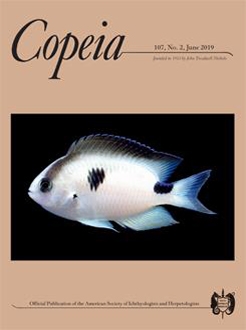ARTICLES (16)
OBITUARIES (2)
BOOK REVIEWS (1)

No abstract available
No abstract available
No abstract available
No abstract available
No abstract available
No abstract available
